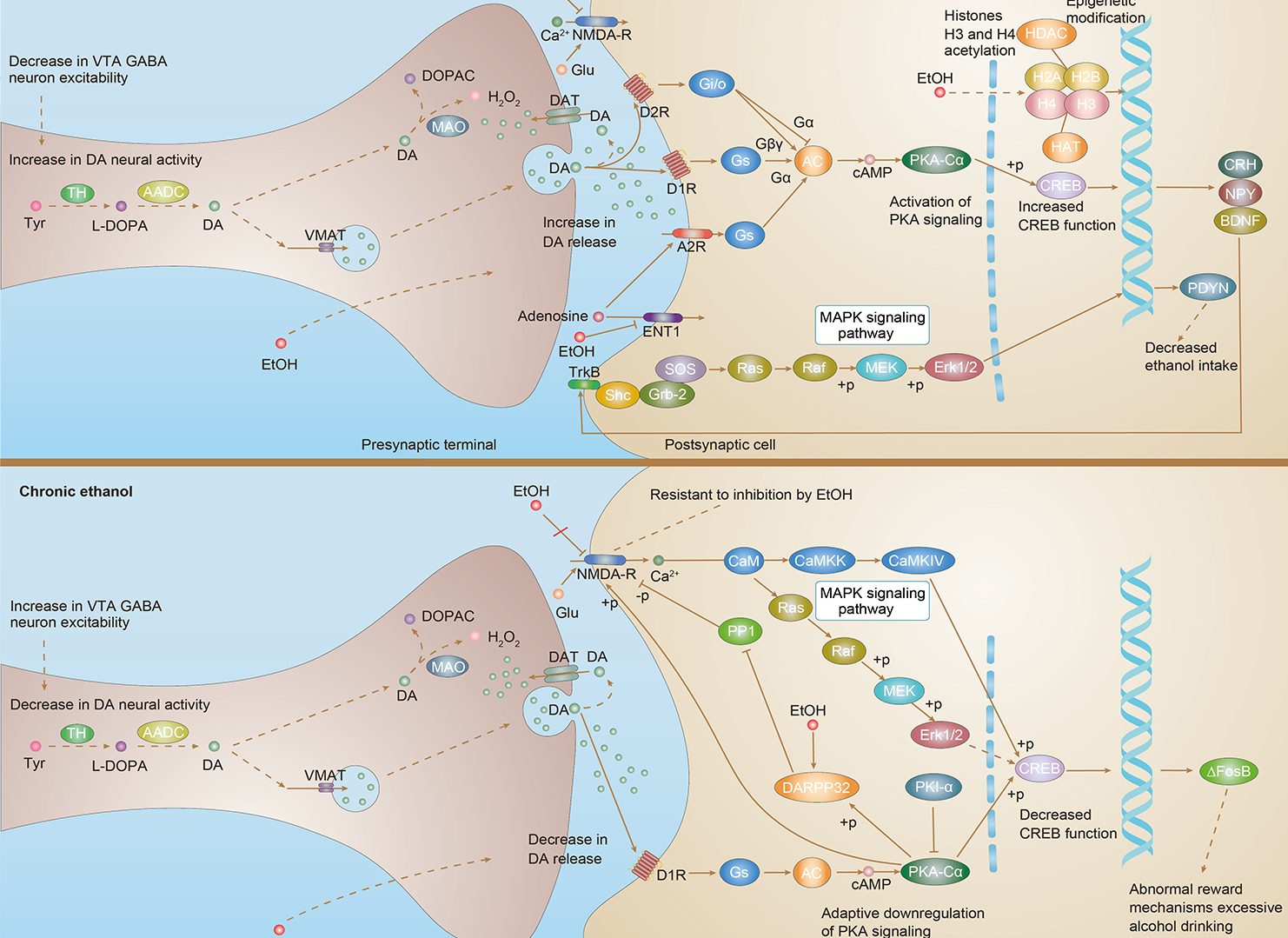 Loading...
Loading...

HDAC9
 Loading...
Loading...Anti-HDAC9 Products
-
- Species Reactivity: Human, Rat
- Type: Rabbit IgG
- Application: WB, IHC-P, ICC, IF
-
- Species Reactivity: Human
- Type: Rabbit IgG
- Application: WB, IHC-P
-
- Species Reactivity: Human
- Type: Mouse IgG1
- Application: ELISA, WB, FC
-
- Species Reactivity: Human
- Type: Mouse IgG
- Application: WB, ELISA
-
- Species Reactivity: Human
- Type: Rabbit IgG
- Application: ELISA, WB, IHC, IF
- Rabbit Anti-HDAC9 Recombinant Antibody (clone JU30-44) (MRO-0726-CN)
-
- Species Reactivity: Human, Rat
- Type: Rabbit IgG
- Application: WB, IF, IHC, IP
- Anti-Rat HDAC9 Immunohistochemistry Kit (VS-0525-XY3105)
-
- Species Reactivity: Human, Rat
- Target: HDAC9
- Application: IHC
- Anti-Mouse HDAC9 Immunohistochemistry Kit (VS-0525-XY3104)
-
- Species Reactivity: Human, Mouse, Rat
- Target: HDAC9
- Application: IHC
- Anti-HDAC9 Immunohistochemistry Kit (VS-0525-XY3103)
-
- Species Reactivity: Human
- Target: HDAC9
- Application: IHC
-
- Derivation: Phage display library
- Species Reactivity: Human
- Type: Rabbit IgG
- Application: ICC, IF, IHC-P, WB
- Mouse Anti-HDAC9 Recombinant Antibody (clone 2B7C4) (VS7-0425-WR29)
-
- Species Reactivity: Human
- Type: Mouse IgG1
- Application: FC
Can't find the products you're looking for? Try to filter in the left sidebar.Filter By Tag
Our customer service representatives are available 24 hours a day, from Monday to Sunday. Contact Us
For Research Use Only. Not For Clinical Use.
Background
Disease related genes, Enzymes, FDA approved drug targets, Plasma proteins
Intracellular
Group enriched (Inhibitory neurons, Excitatory neurons, Microglial cells, Oligodendrocyte precursor cells, Early spermatids, Oligodendrocytes)
Immune cell enhanced (myeloid DC)
Cell line enhanced (HAP1, hTERT-HME1, SH-SY5Y, U-698, WM-115)
Homodimer. Interacts with CTBP1. The phosphorylated form interacts with 14-3-3 (By similarity). Interacts with HDAC1 and HDAC3, and probably with HDAC4 and HDAC5. Interacts with MEF2, MAPK10, ETV6, NCOR1 and BCL6. Interacts with FOXP3 in the absence of T-cell stimulation.
Chromatin regulator, Hydrolase, Repressor


 Alcoholism
Alcoholism

